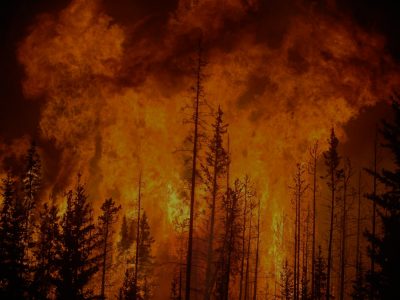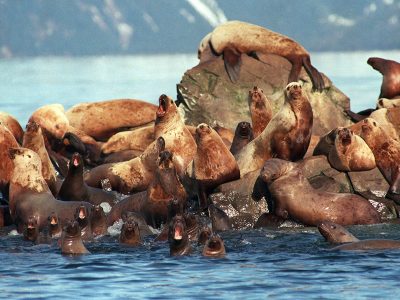By Brenna Mackay
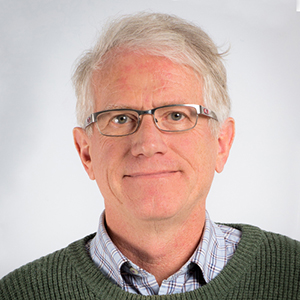
Prof. George Dix
Canada’s capital city is fortunate to have a rich geological history and is home to many unique rock features. In a typical fall term, Carleton University Earth Sciences Prof. George Dix would be taking his students in the ERTH 3206 course on weekly field trips to explore Carleton’s backyard firsthand.
The course on sedimentary depositional systems teaches students to interpret modern and ancient environments and examine significant changes throughout Earth’s history. Students would normally spend the first half of the term visiting local sites, studying sedimentary geology, rock types and fossils to understand what that area looked at the time the sediment was accumulating.
“There are many outcrop areas that allow us to look at geology from the perspective of ancient depositional environments,” says Dix.
“In the Ottawa region, most of the rocks that are exposed are between 500-450 million years old. So, we’re talking about very ancient environments.”

Geoff Pignotta
But since classes transitioned to an online format, Dix needed to find a new approach for the experiential learning element of the course and ensure the content would still be accessible to students from home.
“It became a question of what do you do with a field-based course in a local area?” explains Dix.
The answer was to take students on virtual field trips. Dix spent the month of August working with Earth Sciences Lab Co-ordinator Geoff Pignotta first by going into the field and filming the footage. Then Dix edited the footage with Carleton’s Instructional Media Services into short, bite-sized clips to showcase key features of the terrain.
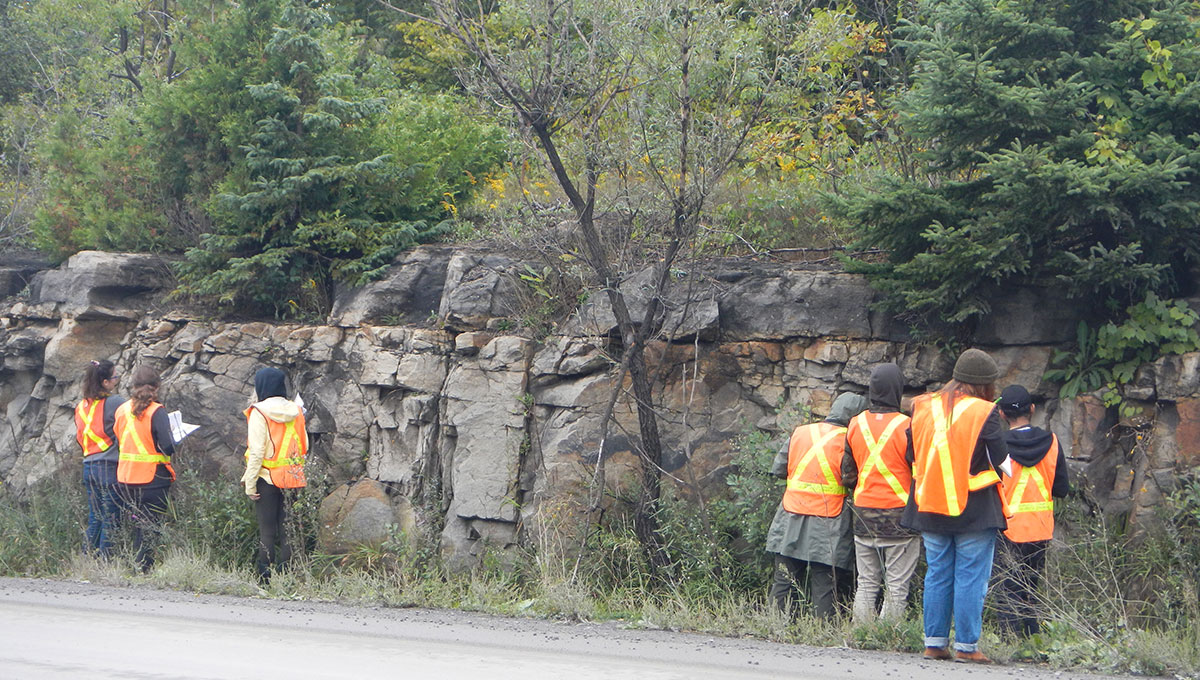
Virtual Field Trips
Dix says it took some time to get comfortable being in front of the camera and adapt to following a script. However, the challenges were quickly ironed out to simulate the experience of actually being in the field.
Although students are not able to physically be at the site, the videos add a visual element to the course material and help them absorb the content. Students will see closeups of areas such as the exposed rock sections along Hog’s Back Falls and the island in the Rideau River to learn how river systems work and the sedimentary products that are produced.
Other localities include:
- North of Mooney’s Bay along Riverside Drive
- Southern part of Ottawa, north of the Hawthorne and Rideau Road intersection
- Aviation Parkway, north of Montreal Rd
- Outcrop along the National Art Gallery, and blocks of rock within their courtyard
- The exterior wall of the Kuwaiti Embassy
- Highway 17 south of Arnprior

Champlain Bridge Stromatolites
Looking ahead, the Department of Earth Sciences also sees potential to incorporate this approach into upcoming events, such as GeoHeritage Day, an annual event that highlights the spectacular geological sites around the National Capital Region.
“This could be kind of an experiment to build off of in the future,” says Dix.
“There is a lot of things you could do with this approach.”
Dix hopes that the fall term will provide him with the opportunity to learn more about teaching and engaging students virtually so he can adjust and improve the course material moving forward.
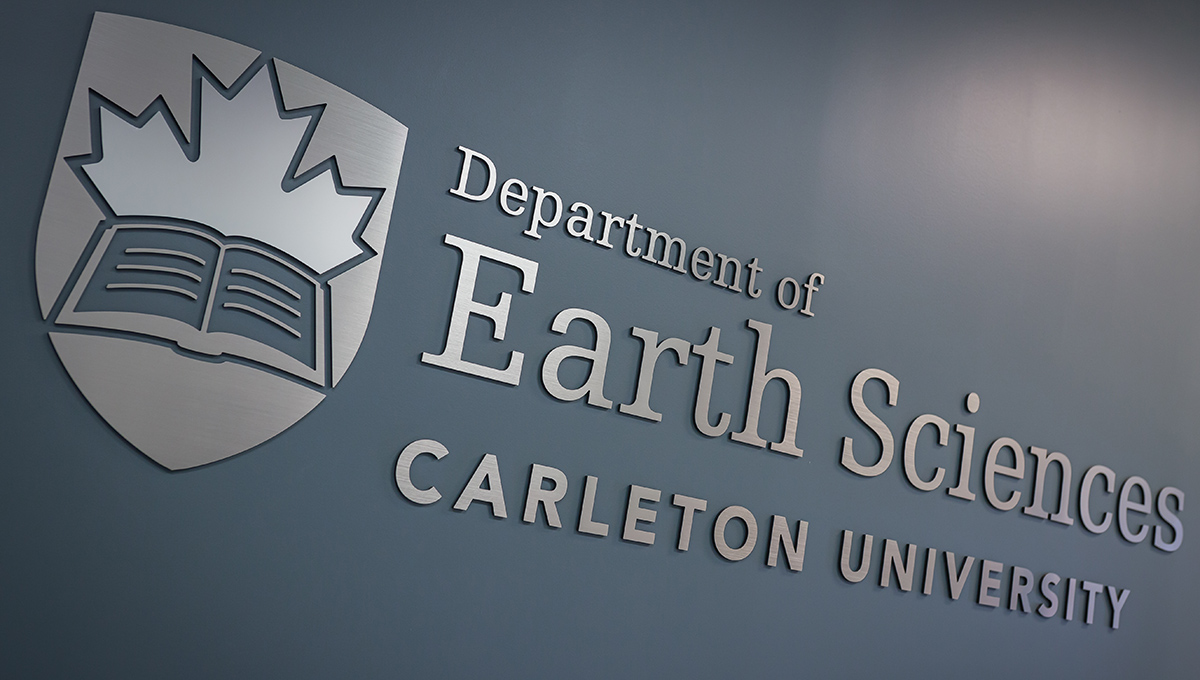
Wednesday, October 7, 2020 in Earth Sciences, Geology
Share: Twitter, Facebook
